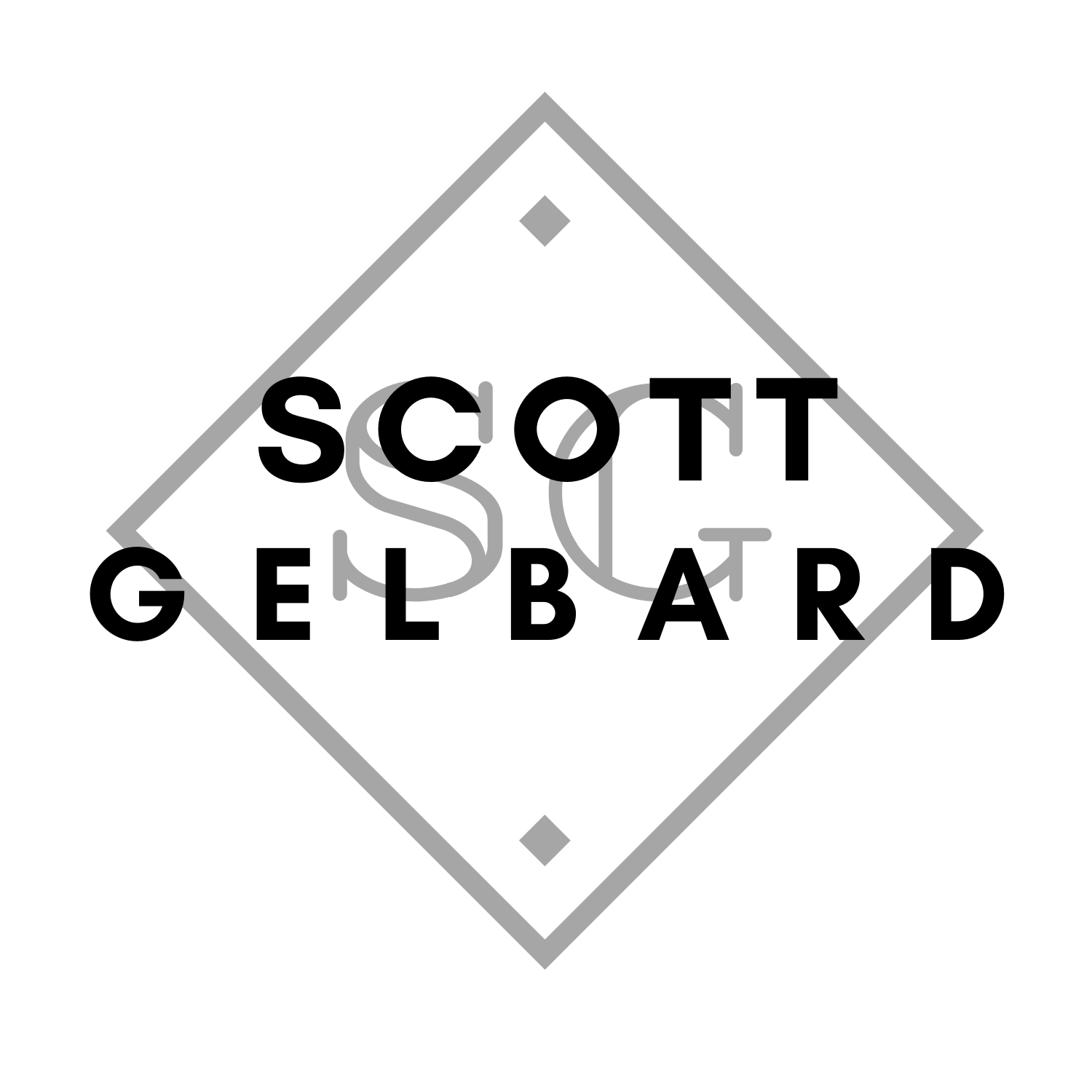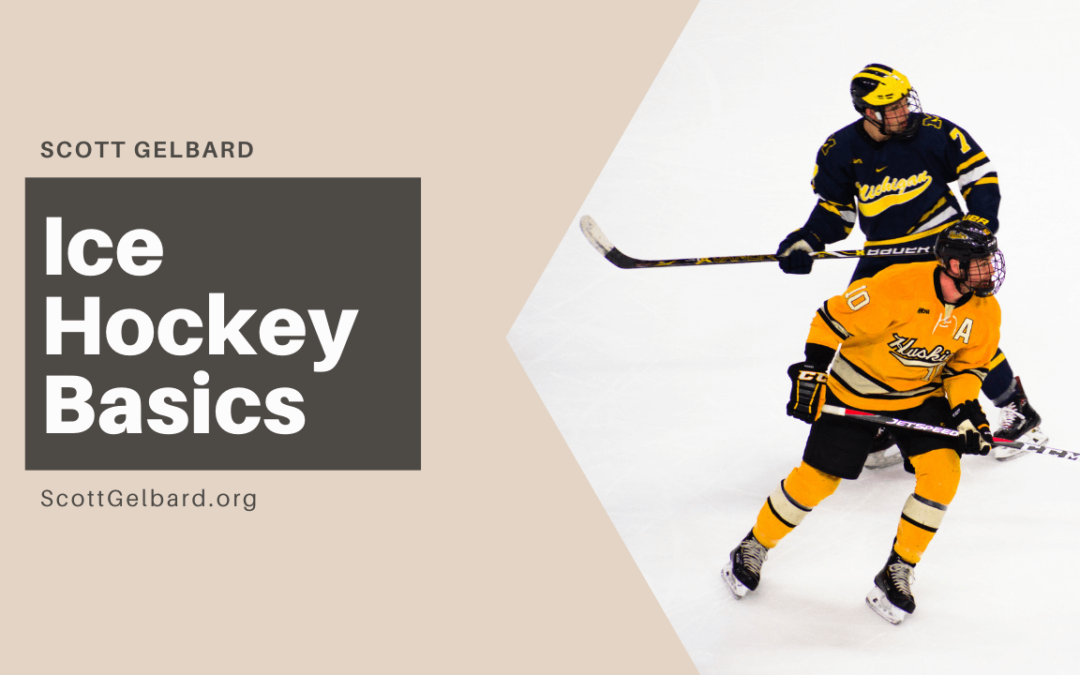Ice hockey is one of the most exciting and intriguing sports to watch and play. This fast-paced game involves many rules and terms that are likely unfamiliar to people who didn’t grow up participating in the sport. Here are some straightforward explanations of ice hockey basics that can help anyone learn about the sport better.
The Objective of Hockey
The two teams on the ice try to score goals by shooting the hockey puck into the opposing team’s net. For a goal to count, the puck must cross the goal line entirely when entering the net. Players try to score goals throughout the game while incurring as few penalties as possible.
Number of Players
Six skaters per team are allowed on the ice at a time. Players who are not on the ice must sit in the players’ benches until their turn to play. A referee, along with linesmen, are the officials on the ice who are there to enforce the rules to ensure a fair game.
Length of a Game
Games under NHL rules have 60 minutes of regulation time that consists of three 20-minute periods. If the game is tied at the end of regulation time, overtime periods are played until one of the teams scores and breaks the tie. An entire game, which includes the play periods, intermissions, and timeouts, usually lasts for around two and a half hours.
Penalties
Players can incur penalties that result from violations while playing the game. Officials can order players who commit these offenses to sit in the penalty box for up to five minutes. Some violations that often result in penalties include:
-
-
- Icing – This occurs when a player shoots a puck from their zone into the other team’s defending zone (past the blue line) without the puck making contact or being played by the other team.
- Offside – This happens when a player enters the other team’s defending zone before the puck.
- Fighting – Also known as fisticuffs, fighting can result in penalties for players who instigate physical altercations.
- Player Interference – Players who try to interfere with the other team’s performance by tripping, holding or hooking (blocking a player with a stick) are often issued penalties by the officials.
-
Other Hockey Terms
Here are some other terms that spectators and new players should familiarize themselves with if they want to learn more about the game:
-
- Hat-trick – This happens when a player scores three goals in a row within a single game.
- Face Wash – A face wash happens when a player rubs their glove into the face of another player as a show of aggression.
- Slashing – Players who use their sticks to hit other players to interfere or cause injury are said to be slashing, and this may incur penalties.
- Delayed Penalty – A delayed penalty can be called if a team that committed an offense is not currently in control of the puck, and play will continue. Once the offending team is in position of the puck, the play will be stopped to issue the penalty.
- Powerplay – When a team is down one or more players because of a penalty, the other team will be given a power play until the penalty period has ended. This powerplay gives the non-offending team an advantage because they have more players on the ice.
Learning more about hockey can make each game more exciting to watch and play. Even though the game involves many rules and unusual terms, taking the time to study the game will be worth the effort.

